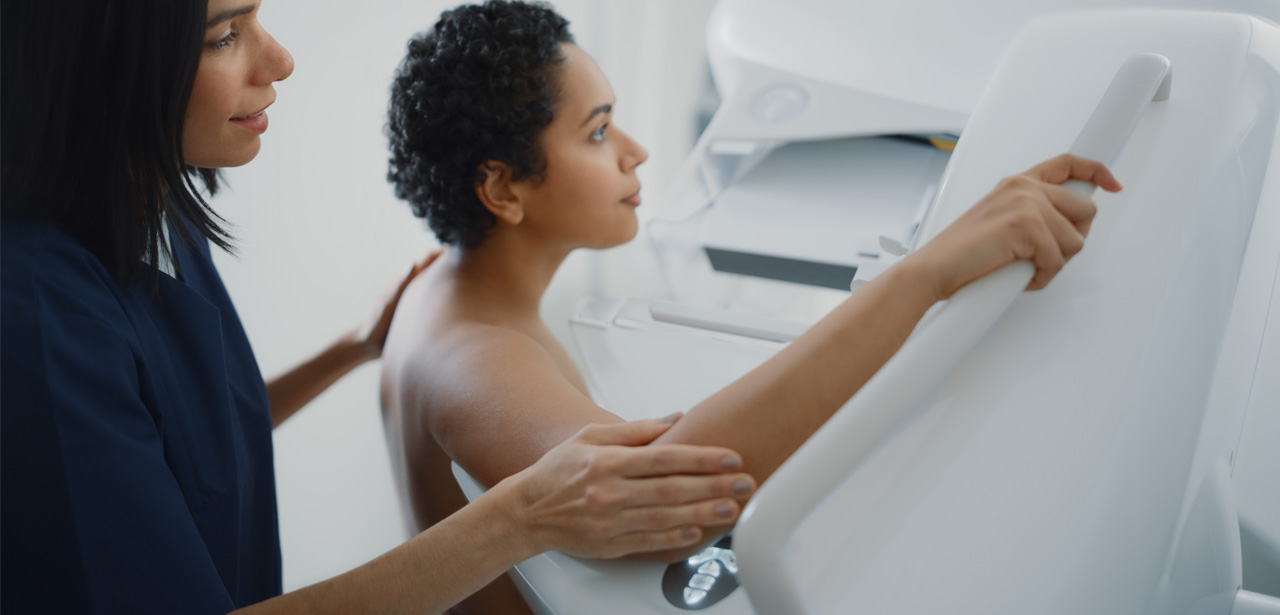Background: clusters of dengue cases have recently become more frequent in areas of southern France colonised by the vector mosquito Aedes albopictus. In July 2015, a 2-month outbreak of dengue virus serotype 1 (DENV-1) was reported in Nîmes. Aim: we conducted a serosurvey in the affected area at the end of the vector activity period to determine the true extent of dengue transmission. Methods: we collected capillary blood from consenting household members, and information on their medical and travel histories, and exposure to mosquito bites. Recent infections were identified using IgM and IgG anti-DENV ELISA, followed, when positive, by plaque reduction neutralisation tests on serum against DENV 1-4 and West Nile virus. The prevalence estimator was calibrated on reference demographic data. We quantified the spatial clustering of dengue cases within the affected community and inferred the transmission tree. Results: the study participation rate was 39% (564/1,431). Three of 564 participants tested positive for DENV-1 infection (after marginal calibration, 0.41%; 95% confidence interval: 0.00-0.84). The spatial analysis showed that cases were clustered at the household level. Most participants perceived the presence of mosquitos as abundant (83%) and reported frequent mosquito bites (57%). We incidentally identified six past West Nile virus infections (0.9%; 95% CI: 0.2-1.6). Conclusion: this serosurvey confirms the potential for arboviral diseases to cause outbreaks - albeit limited for now - in France and Europe.
Auteur : Succo Tiphanie, Noël Harold, Nikolay Birgit, Maquart Marianne, Cochet Amandine, Leparc-Goffart Isabelle, Catelinois Olivier, Salje Henrik, Pelat Camille, de Crouy-Chanel Perrine, de Valk Henriette, Cauchemez Simon, Rousseau Cyril
Eurosurveillance, 2018, vol. 23, n°. 23, p. 1-10


